Introduction of Vitrified Tiles
Important Point
- Tiles are one of the most important parts of the interior of the building. Tiles give a smooth and plane surface to the interior of the buildings.
- Tiles enhance the beauty of the floors in the interior of the structure. There are different types of tiles for the house are available in the market as per the requirement.
- Vitrified tiles are one of the most common and popular tiling options widely used in India. Vitrified tiles are available with enhanced qualities.
- Vitrified tile is a non-porous style which is widely used for vitrified flooring for the replacement of marble and Granite flooring.
- In this article, you will get to know all about Vitrified tiles and Types of vitrified tiles, Advantages of vitrified tiles and disadvantages of vitrified tiles.
Also, Read: What Is Flooring | Types of Flooring
What Are Vitrified Tiles?
- Vitrified tiles are the ceramic tiles which have very low porosity and widely used in the outdoor was due to their water and frost resistance property. Vitrified tiles are made by the mixture of silica, clay, quartz and feldspar.
- Vitrified tiles are the mix of silica and clay in the appropriate proportion. The fused material is heated at a high temperature which leads to the unique texture of the vitrified tiles. Vitrified tiles appear Shiny and glass-like surface.
- Vitrified tiles have greater mechanical strength as well as scratch resistance as compared to granite or marble.
- The vitrified tile thickness ranges from 10 mm to 12mm. The vitrified tiles have an absorption rate of 50 %. The installation of vitrified tiles is easy as compared to other types of times and it does not require skilled labour for its installation.
- The maintenance of the Vitrified Tiles is easy because of its shining surface. Vitrified tiles are smooth in surface and give you an aesthetic look in the interior of the buildings.
- Vitrified tiles are more durable as compared to other types of times and have more flexural strength.
- The Vitrified Tiles are available in different sizes but the common size which is mostly used is 2 feet x 2 feet. Vitrified tile thickness ranges from 8 mm to 12 mm.
- The water absorption of vitrified tiles is negligible, that’s why it is suitable for wet areas. Vitrified tiles also have high frost resistance because of its low water absorption.
Advantages of Vitrified Tiles
There are various advantages of vitrified tiles which are as follows
- Vitrified tiles have a consistent design, pattern and texture.
- The installation process of vitrified tile is very easy and simple.
- Vitrified tiles are scratch and stain-resistant.
- Vitrified tiles are manufactured by the process of vitrification due to which it has high strength.
Disadvantages of Vitrified Tiles
- Vitrified tiles are more expensive as compared to the ceramic and porcelain tiles.
- The ages of the vitrified tiles may crack if it is not treated properly.
Different Types of Vitrified Tiles
There are different types of vitrified tiles which are as follows
- Double Charged Vitrified Tiles
- Full Body Vitrified Tiles
- Glazed Vitrified Tiles
#1. Double Charged Vitrified Tiles
- Double charge vitrified tiles are one of the best choices which are widely used for the residential as well as commercial projects.
- Double charged vitrified tiles are manufactured by infusing the two layers of tiles together which makes them thicker than conventional tiles.
- The process of vitrification makes the tile surface stronger and shinier which gives an aesthetic look. Double charge vitrified tiles are durable and scratch-resistant. Double charge vitrified tiles are used in homes corporate places hospitals banks and other associations etc.
- Vitrified tiles are budget-friendly and widely used in the interior of the homes and offices. Double charged vitrified tiles are usually 3 to 4 mm thick in size and made by merging two layers of tiles.
- The double charged vitrified tiles required less maintenance and it prevents the accumulation of dirt and dust on the surface of this style due to which it is very easy to clean.
- Double charge vitrified tiles are suitable for heavy traffic commercial projects.
- The price of double charged vitrified tiles is a little bit more as compared to polish glazed vitrified tiles. The price range of double charged vitrified tiles starts from Rs 50 per square metre.
Advantages of Double Charged Vitrified Tiles
The double charged vitrified tiles advantages are as follows.
- The double charge vitrified tiles are scratch and stain resistance.
- Double charge vitrified tiles are very easy to clean and maintain.
- Double charge vitrified tiles are manufactured with the vitrification process due to which it has very high strength.
- It is extremely durable tiles as compared to other types of tiles
- Double charge vitrified tiles can withstand heavy foot traffic without any wear and tear.
- The installation process of double charge vitrified floor tiles is very easy.
Disadvantage of Double Charge Vitrified Tiles
- One of the disadvantages of double charge vitrified tiles is that it is not available in a variety of complex design patterns.
#2. Full Body Vitrified Tiles
Full body vitrified tiles have a uniform colour which runs throughout the thickness of the vitrified tile. The full body vitrified tile is used for high traffic areas because it has scratch-resistant.
#3. Glazed Vitrified Tiles
Please vitrified tiles are manufactured on the glass the surface which is printed with digital technology.
Glazed vitrified tiles are mainly classified into two types
Soluble Salt Vitrified Tiles
- Soluble salt vitrified tiles are available in the market at cheap price.
- This types of tiles are used to penetrate the surface of the time and give it colour design and pattern.
Nano Polished Soluble Salt Tiles
- This types of tiles are made by adding a layer of liquid silica to the soluble salt vitrified tiles.
- In this process, the microporous are filled in the tile to make the tile look shinier and feels smoother to the surface.
Glazed Vitrified Tiles Price
- The glazed vitrified tile of 6 to 8 mm thickness is Rs 30 per square feet.
- The place vitrified tile price of 8 to 10 mm thickness is Rs 24 per square feet.
Types of Vitrified Tiles
Vitrified tile is a ceramic tile with very low porosity. It is an alternative to marble and granite flooring. Vitrified tiles are often used outdoors due to their water and frost resistance. There are four types of Vitrified tiles – Soluble Salt, Double charge, Full Body, Glazed.
Glazed Vitrified Tiles Price
| Thickness | Min Price | Max Price |
| 6 – 8 mm | Rs 30/Square Feet | Rs 32/Square Feet |
| 8 – 10 mm | Rs 24/Square Feet | Rs 200/Square Feet |
Vitrified Tile Thickness
These tiles are 10-12 mm thick which is just close to natural granite and marble stone’s thickness. When compared with many other tile options available in the market, vitrified tiles prove to be a durable choice.
Double Charged Vitrified Tiles Advantages
Easy maintenance. Prevents accumulation of dirt and dust on the surface. Extremely durable. Their surface is resistant to scratches and stains.
Different Types of Tiles for House
- Ceramic Tile.
- Porcelain Tile.
- Glass Tile.
- Cement Tile.
- Marble Tile.
- Mosaic Tile.
- Granite Tile.
- Limestone Tile.
Best Vitrified Tiles
Few companies that sell Vitrified Tiles in India are as follows:
- Orient Bell Limited | Vitrified Tiles.
- Kajaria Ceramics Limited.
- Nitco Limited | Vitrified Tiles.
- Simpolo Vitrified Limited.
- Rollence Granito India | Vitrified Tiles.
- Somany Ceramic Limited.
- Asian Granito India Limited.
What Is Vitrified Flooring?
Vitrified tiles are a mix of clay and silica. This fused material is heated at high temperatures which results in its unique texture. It appears shiny like a glass surface and is non-porous. Moreover, these tiles do not need extra glazing like ceramic tiles.
Uses of Vitrified Tiles
Vitrified tiles uses:
Since Vitrified tiles can withstand pressure, they can be used in both indoors and outdoors, on rooftops, in the garden and as your kitchen’s backsplash. Vitrified flooring tiles can also be used as a bathroom floor. An added advantage is that they come in a variety of design, colour and sizes.
Vitreous Tiles Are Mostly Used In?
The hard protective layer provided by the glaze makes these tiles a good bet for flooring, walls, backsplashes and countertops. They are most commonly used in wet areas like bathrooms and kitchens, as they are water-resistant, easy to clean and less prone to harbouring germs.
Vitrified Tiles Types
There are four types of Vitrified tiles – Soluble Salt, Double charge, Full Body, and Glazed.
Different Types of Tiles Price
The prices of different types of tiles can vary widely depending on various factors such as the material, size, design, and brand. Here are some of the most common types of tiles and their price ranges:
- Ceramic Tiles
- Porcelain Tiles
- Natural Stone Tiles
- Glass Tiles
- Mosaic Tiles
Vitrified Tiles Disadvantages
Disadvantages of Vitrified Tiles
- They are more expensive than ceramic and porcelain tiles.
- The tiles should be treated with care other the edges might crack and chipped.
Vitrified Tiles Information
Vitrified tiles are made by fusing 60% silica and 40% clay. They are also a type of ceramic tile made by warming the blend or setting it under high temperatures. They gain a glass-like texture in the process. Longevity, low porosity, scratch resistance, and low maintenance are some characteristics of vitrified tiles.
Vitrified Floor Tiles Types
Vitrified floor tiles are a type of ceramic tile that has a very low porosity, making it highly resistant to water and stains. They are also known for their durability, easy maintenance, and versatility in design. Here are some of the different types of vitrified floor tiles:
- Double Charged Vitrified Tiles
- Full Body Vitrified Tiles
- Glazed Vitrified Tiles
- Polished Vitrified Tiles
- Soluble Salt Vitrified Tiles
Vitrified Tiles Sizes
Vitrified tiles come in a wide range of sizes, depending on the manufacturer and design. Here are some common sizes of vitrified tiles:
- 600×600 mm
- 800×800 mm
- 1000×1000 mm
- 600×1200 mm
- 800×1200 mm
Vitrified Tiles Definition
Vitrified tiles are a type of ceramic tile that is produced by a process called vitrification. This process involves melting raw materials such as clay, feldspar, silica, and quartz at extremely high temperatures, typically between 1200-1400 degrees Celsius, until they form a liquid glass-like substance.
Vitrified Tiles Flooring
Vitrified tiles are a type of ceramic tile that is made by mixing clay with other materials such as silica, feldspar, and quartz. The mixture is then heated to a high temperature, which causes the materials to fuse together and form a strong, durable material.
Double Charged Vitrified Tiles Disadvantages
Double charged vitrified tiles are a type of tile that is produced using a special manufacturing process. While they offer several benefits, such as increased durability, scratch resistance, and stain resistance, there are also a few disadvantages to using them.
Here are some of the main disadvantages of double charged vitrified tiles:
- Higher cost
- Installation difficulties
- Slipperiness
- Limited design options
- Maintenance requirements
Like this post? Share it with your friends!
Suggested Read –
- Polysulfide Sealant Vs Polyurethane Sealant | Functions of Sealants | What Is Polysulphide Sealant | What Is Polyurethane Sealant
- What Are Survey Levelling | Important Terms Related to Levelling | What Are Different Types of Levelling | Types of Trigonometric levelling
- Parking In India | What Is Parking | Parking Statistics | Types of Car Parking | How to Park a Car Perpendicular | Types of Parking Spaces
- Building Layout | How to Building Layout | What Is Method of Layout of Building | Control Lines of Construction | Construction Layout
- What Is Road Pattern | Different Types of Road Patterns | Grid Pattern Definition | Radial Pattern | Rectangular or Block Pattern | Minimum Travel Pattern
- Definition of Shear Force and Bending Moment | What Is Shear Force | What Is Bending Moment | Relation Between Loading, Shear Force & Bending Moment
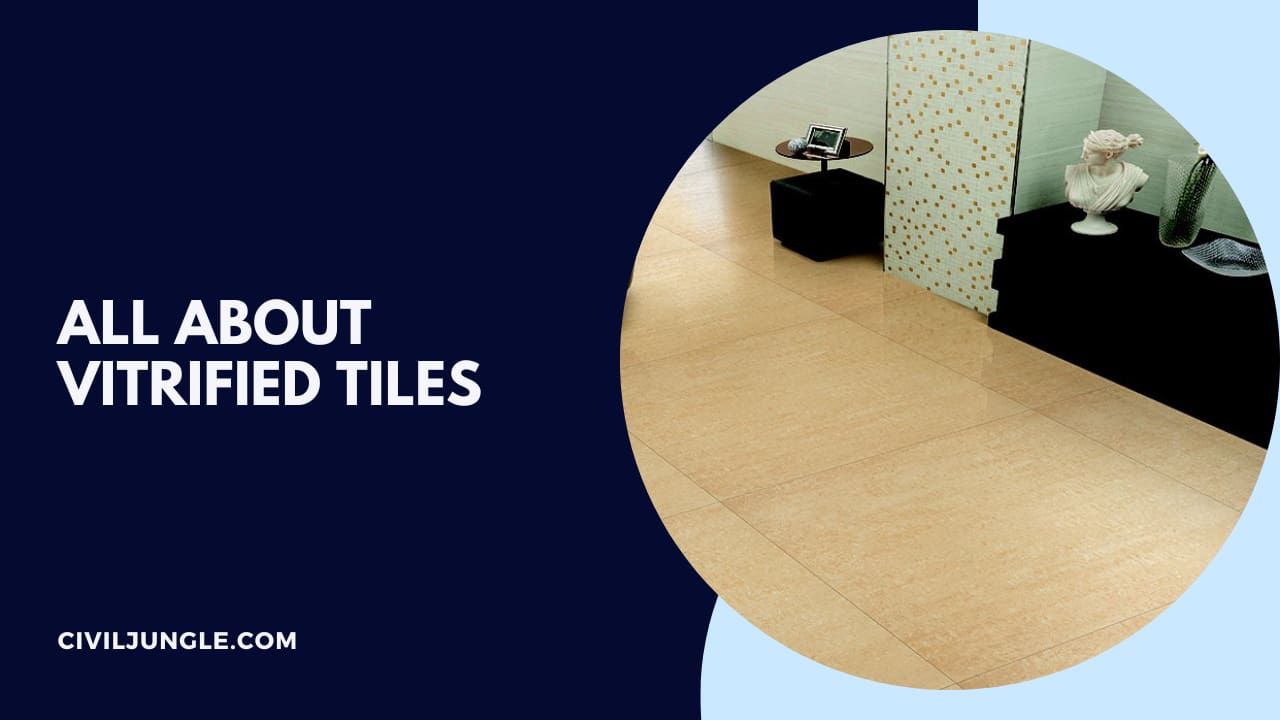
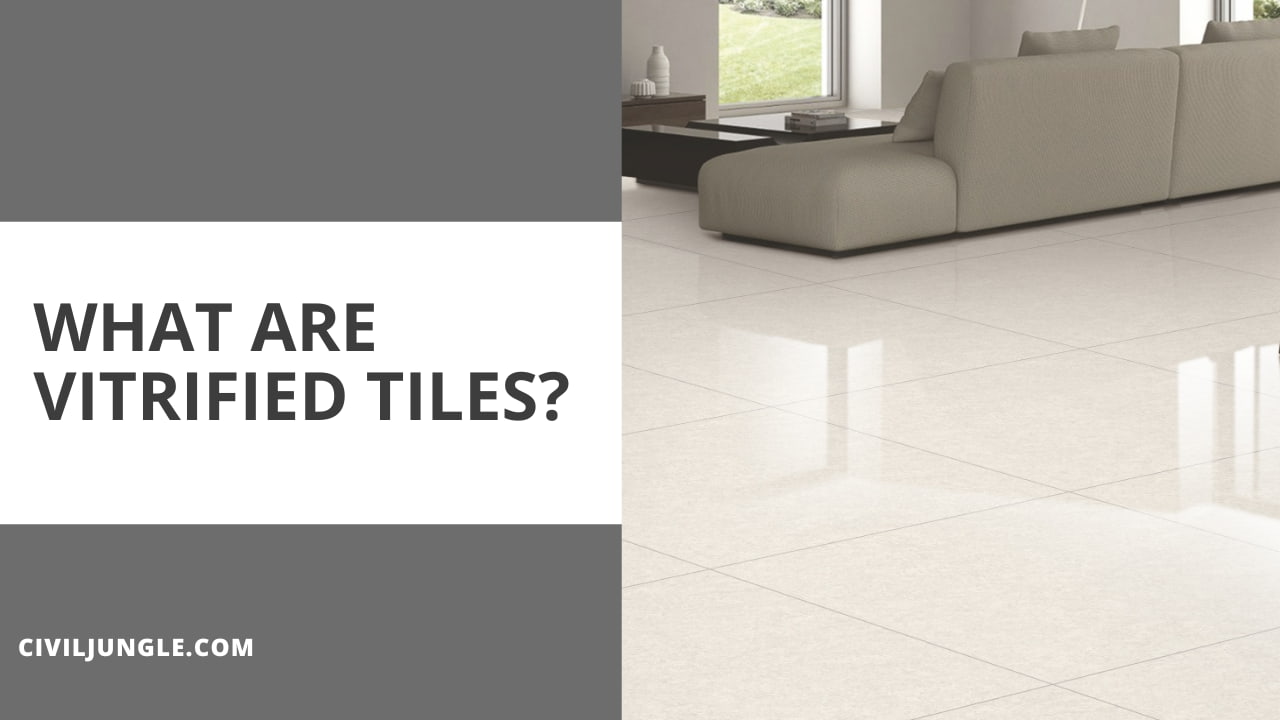
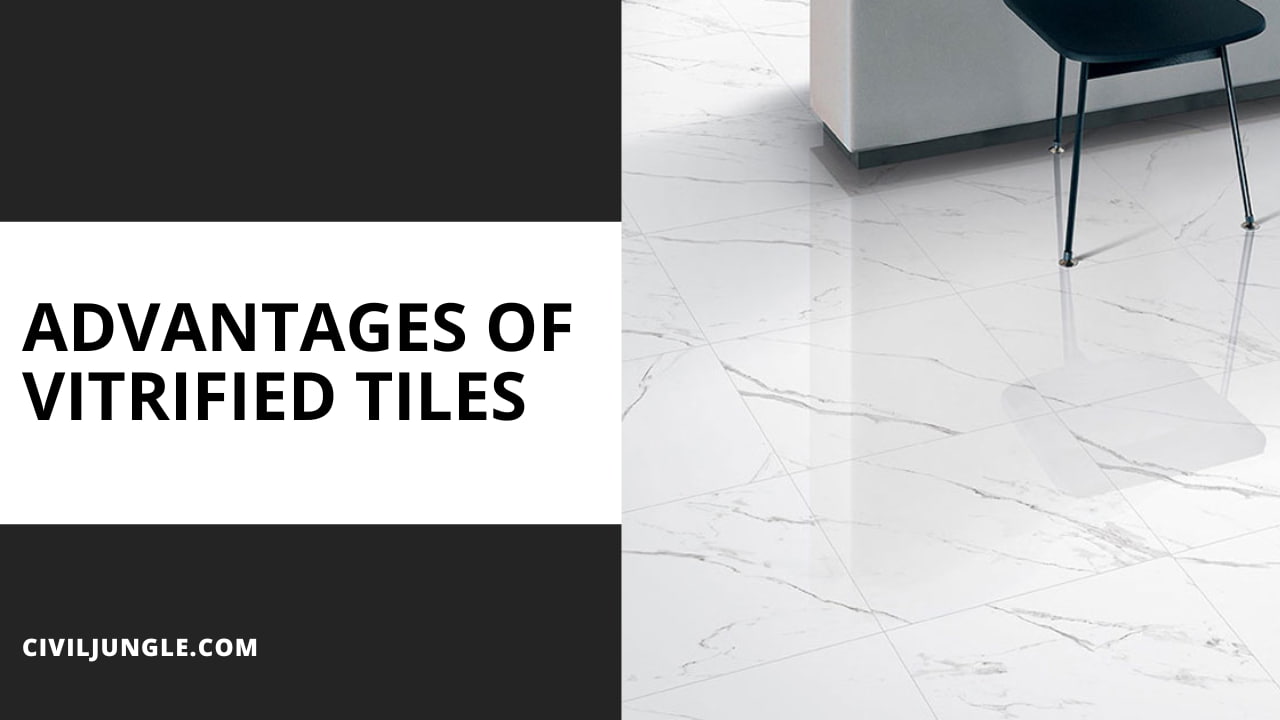
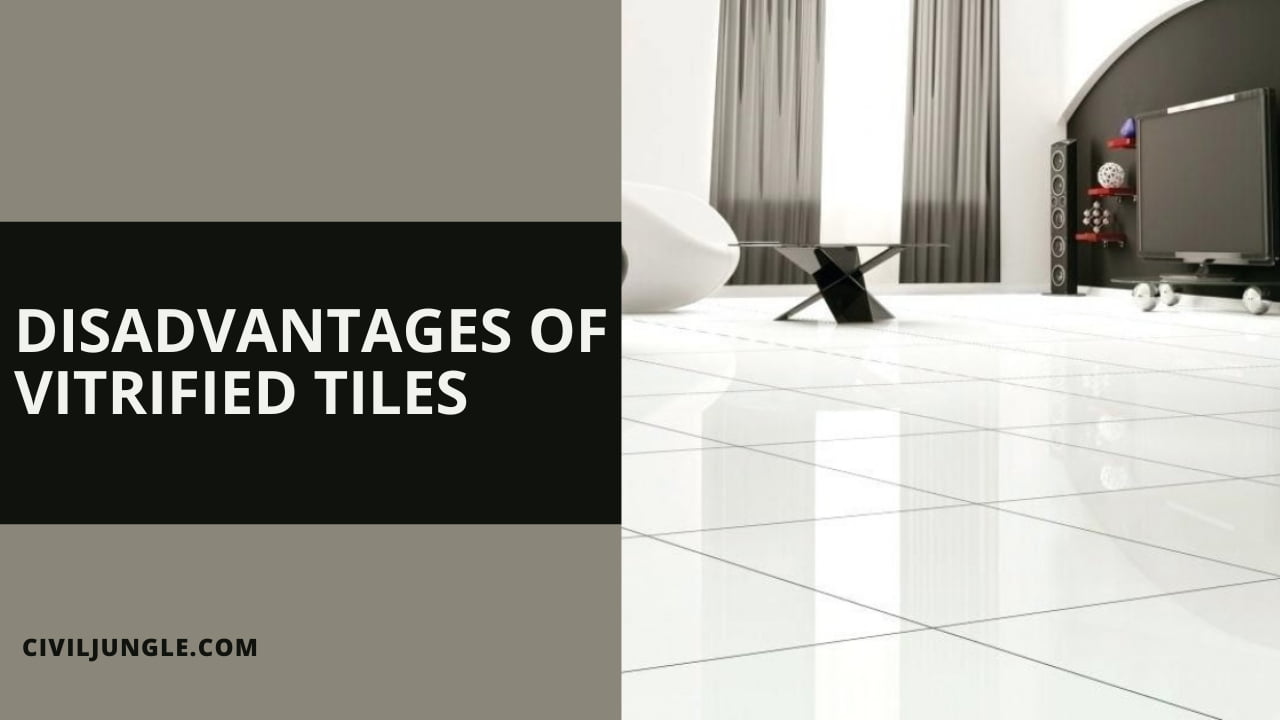
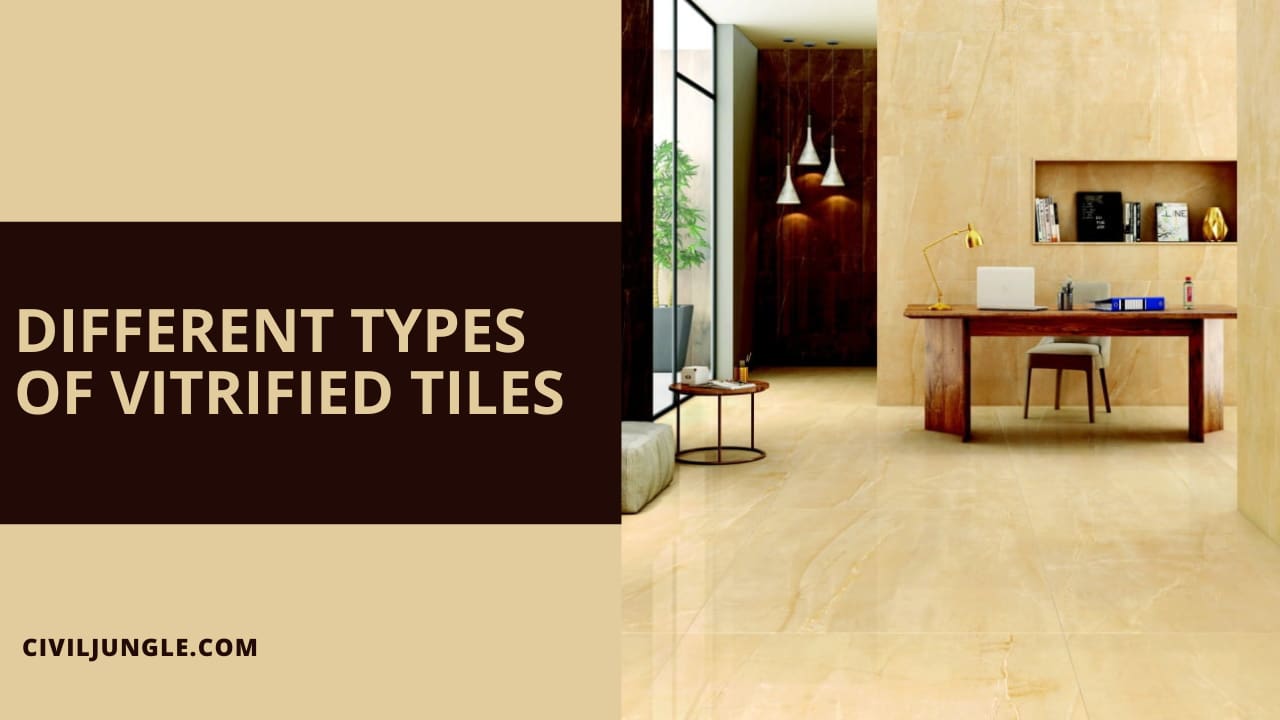
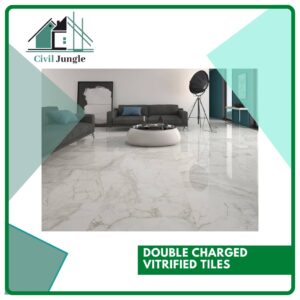
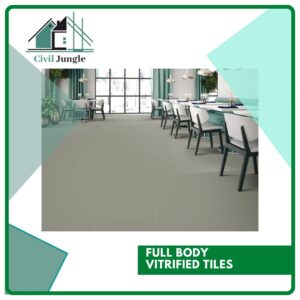
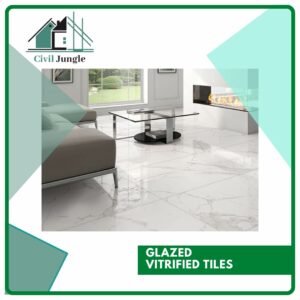
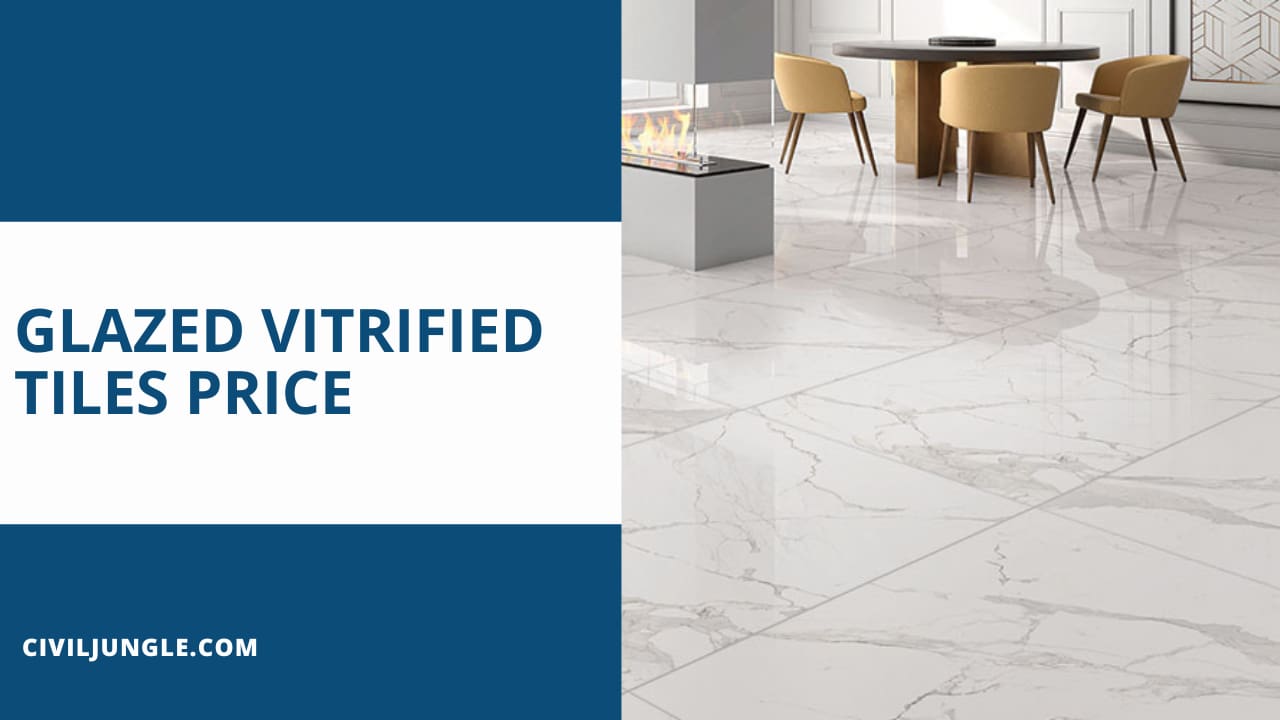

Leave a Reply